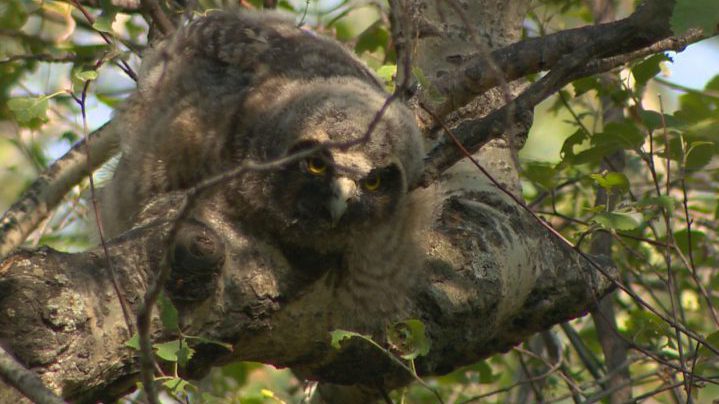Saskatchewan birdwatchers, also known as birders, are undertaking the largest citizen-science project ever attempted in the province, according to Bird Studies Canada.

As part of the Saskatchewan Breeding Bird Atlas, volunteers have started documenting the province’s 200-plus breeding bird species in hopes of measuring changes in bird dispersal and abundance.
READ MORE: Are your windows killing birds? How to prevent collisions
“The project is made in a way so all different skill levels can make contributions,” Kiel Drake, the Saskatchewan program manager for Bird Studies Canada, said.
During July and August, people are documenting sightings of nesting birds, but also examining behavioural cues.

Get breaking National news
“If you see birds bringing insects to a hole in a tree, we know they’re bringing food to nestlings,” Drake said.
The information is submitted to an online database, where Drake expects hundreds of thousands of observations to be filed by the end of the five-year survey period.

Bird atlases are conducted every 20 years to examine changes brought on by natural and man-made forces.
For example, an atlas could reveal the impact urban sprawl has on habitats surrounding cities.
READ MORE: Edmonton falcon watchers save threatened birds
The Saskatoon Nature Society conducts free field trips all summer with some members submitting their findings to the atlas.
“The best way to learn or to improve your bird identification skills is to go out with other people,” Stan Shadick, one of the society’s directors, said.
More than one thousand volunteers are expected to contribute to the Saskatchewan Breeding Bird Atlas.


Comments